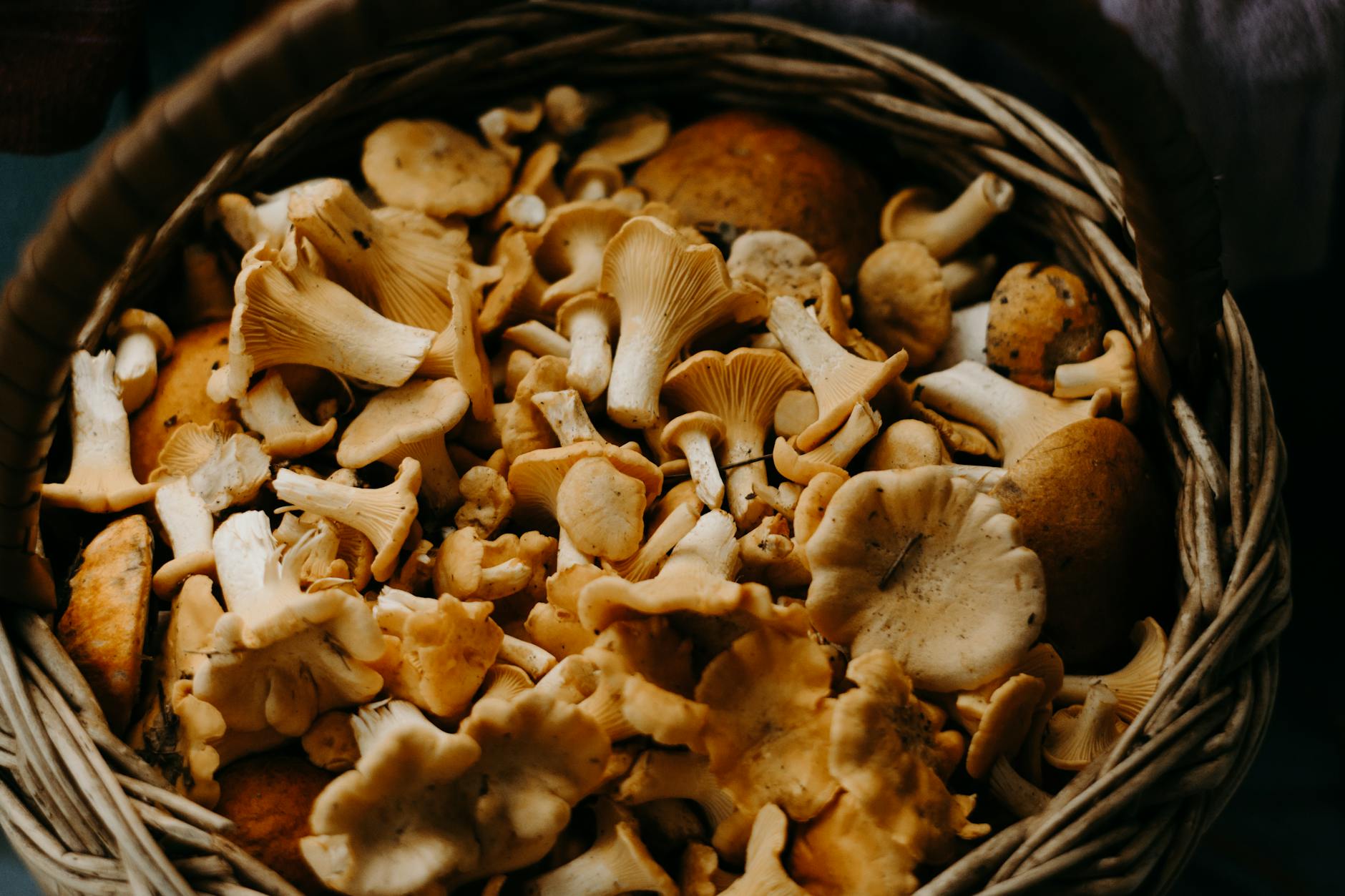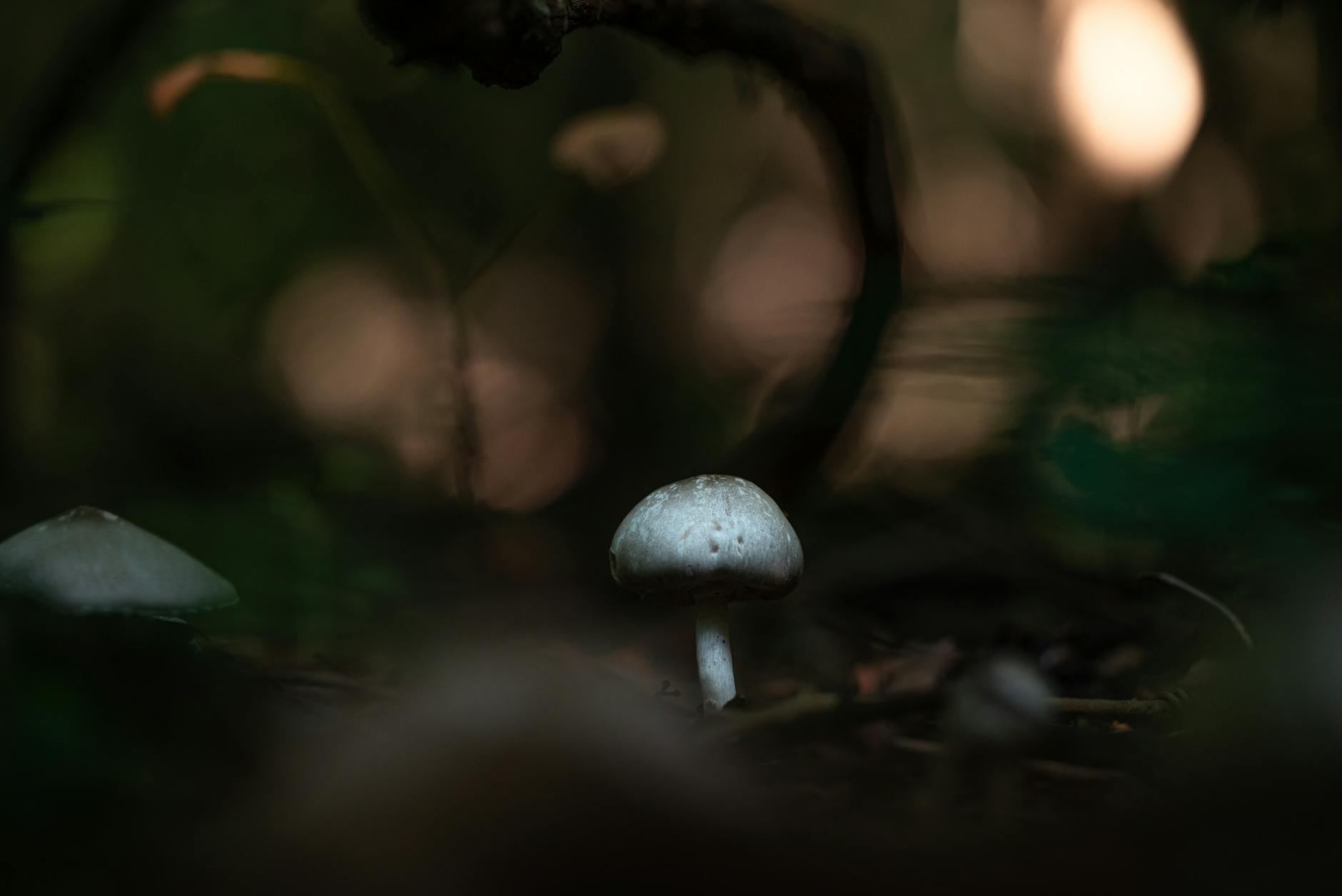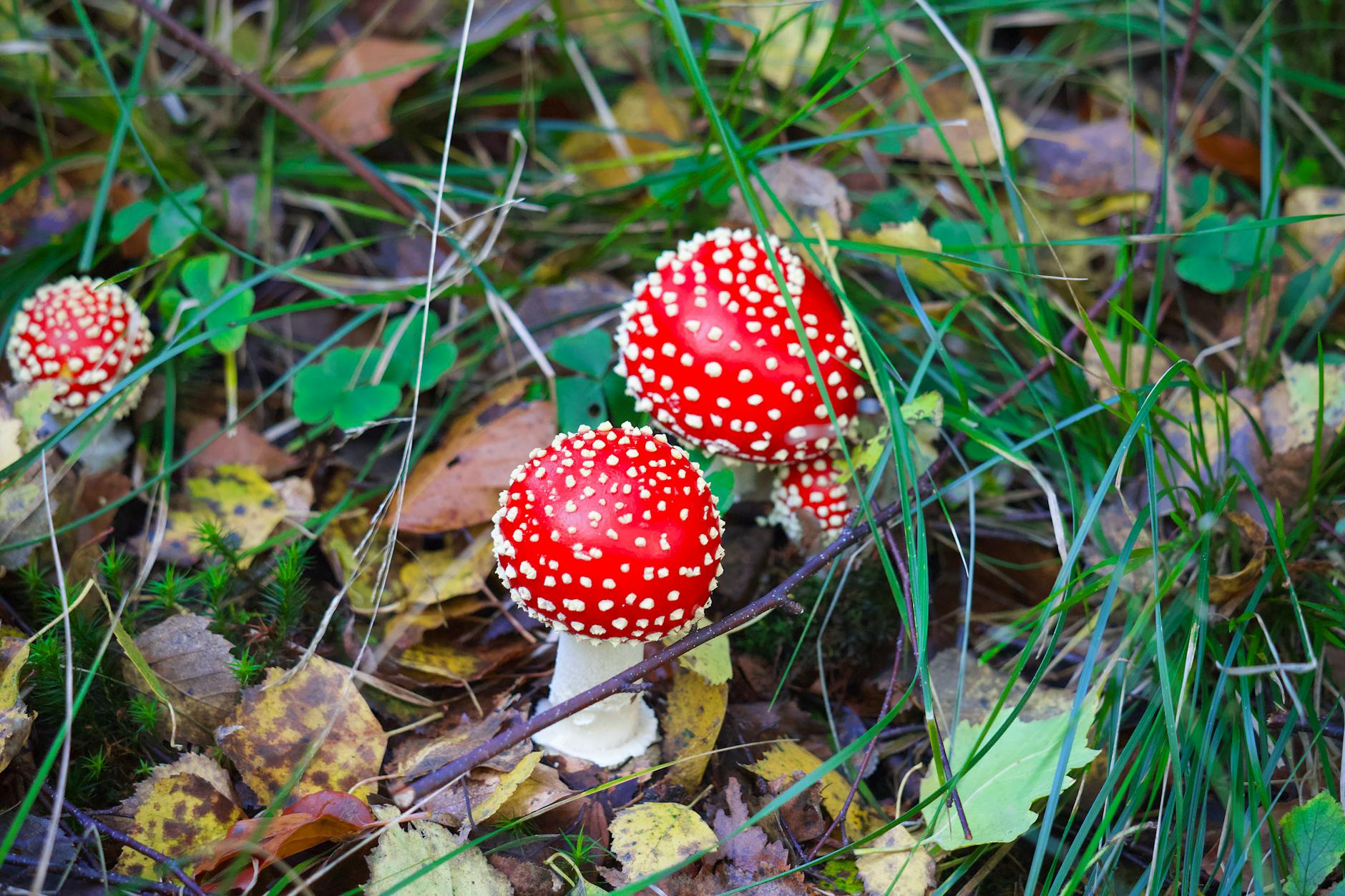Heading into the great outdoors for a foraging adventure can be an exhilarating experience, offering the chance to connect with nature and discover a variety of wild plants and fungi. However, when it comes to mushroom foraging, distinguishing between poisonous mushrooms and edible ones is crucial for your safety. In this essential foraging safety guide, we will delve into the world of mushrooms, exploring the key differences between poisonous mushrooms and edible varieties, and providing valuable tips to help you forage responsibly.
Understanding the Characteristics of Mushrooms
Mushrooms are a diverse group of fungi that come in various shapes, sizes, and colors. While some mushrooms are safe to eat and even prized for their culinary value, others can be highly toxic and potentially deadly if consumed. It’s essential to familiarize yourself with the distinguishing features of mushrooms to accurately identify them in the wild.
Identifying Poisonous Mushrooms
Poisonous mushrooms can often look very similar to edible varieties, making them challenging to differentiate for the untrained eye. Some common characteristics of poisonous mushrooms include bright colors, distinctive patterns, and foul odors. It’s important to remember that even a single bite of a poisonous mushroom can have severe consequences, ranging from stomach upset to organ failure.
Key Characteristics of Edible Mushrooms
On the other hand, edible mushrooms generally have milder colors, more uniform shapes, and pleasant aromas. Many edible mushrooms are prized for their culinary value and are sought after by foragers and chefs alike. Some popular edible mushrooms include chanterelles, morels, and porcini, each with its unique flavor profile and texture.
Safety Tips for Mushroom Foraging
To ensure a safe and enjoyable foraging experience, follow these essential safety tips:
1. Educate Yourself: Take the time to learn about different mushroom species and their distinguishing features. Consider attending a foraging workshop or consulting with an experienced forager.
2. Use Reliable Resources: Invest in a reputable field guide or mushroom identification book to help you accurately identify mushrooms in the wild.
3. Start Slow: Begin your foraging journey by focusing on easy-to-identify edible mushrooms such as chanterelles or porcini before branching out to more challenging species.
4. Always Doubt: When in doubt, throw it out. It’s better to err on the side of caution and discard any mushrooms that you are unsure about.
5. Seek Confirmation: If you’re uncertain about the identity of a mushroom, consult with a mycologist or experienced forager for a proper identification.
Conclusion
Mushroom foraging can be a rewarding and exciting outdoor pursuit, but it’s essential to prioritize safety and caution when exploring the world of fungi. By familiarizing yourself with the key characteristics of poisonous and edible mushrooms, as well as following the safety tips outlined in this guide, you can enjoy a successful and risk-free foraging experience. Remember, when in doubt, leave the mushroom where it grows, and always put safety first in your foraging adventures.


